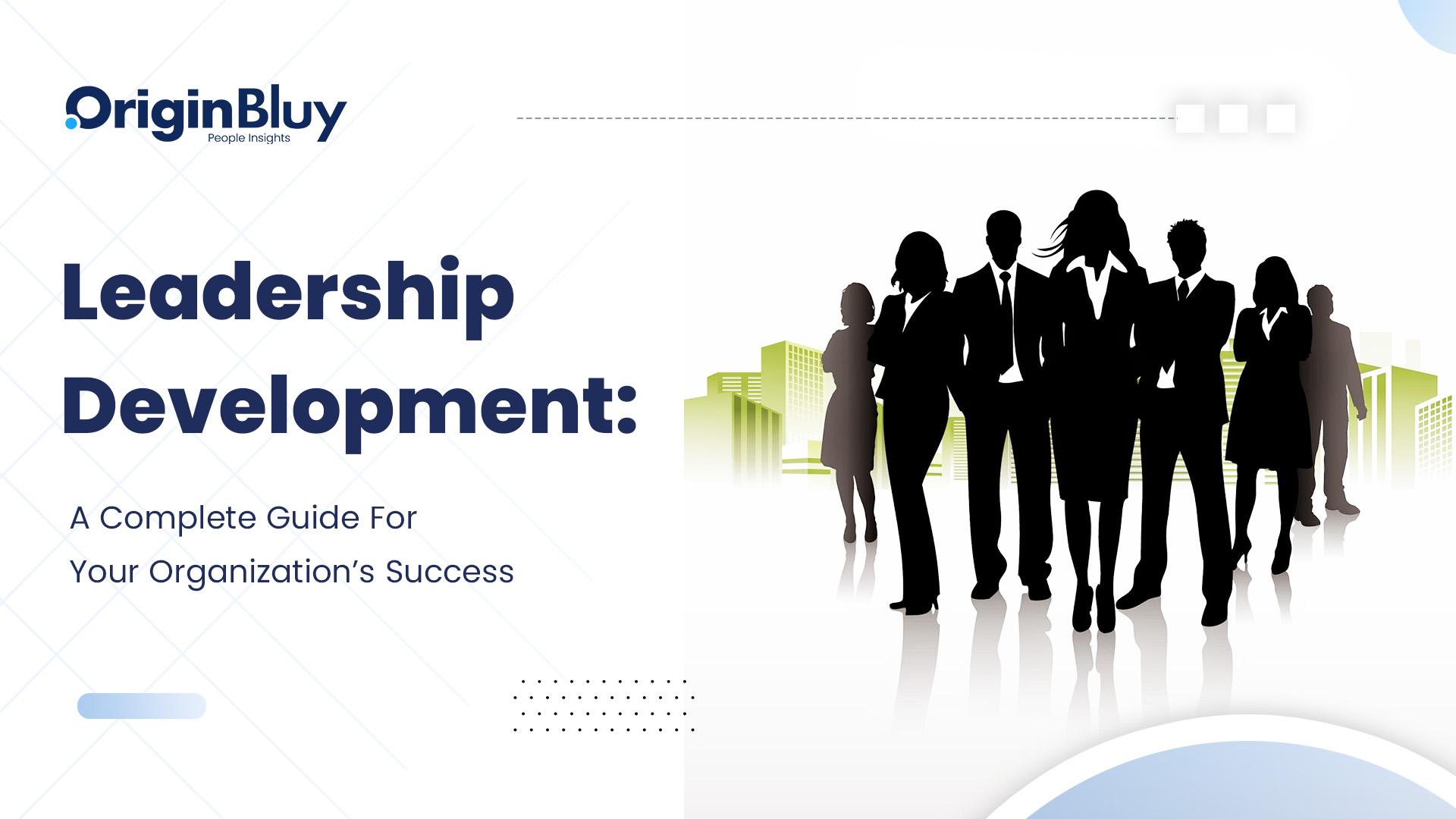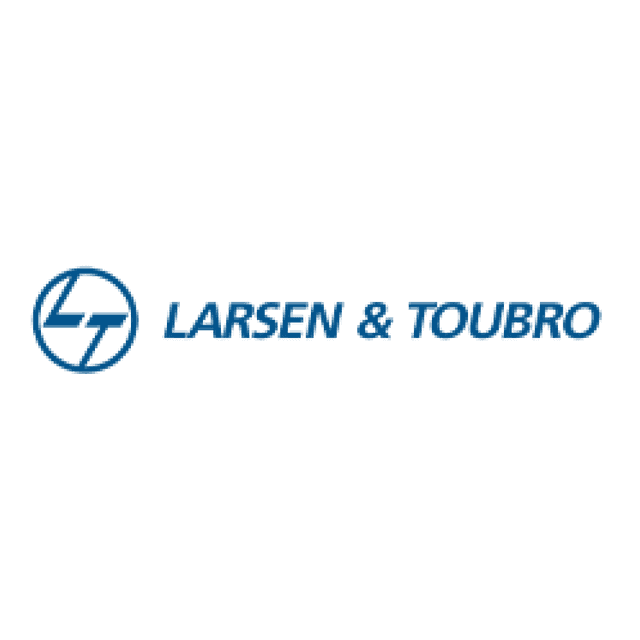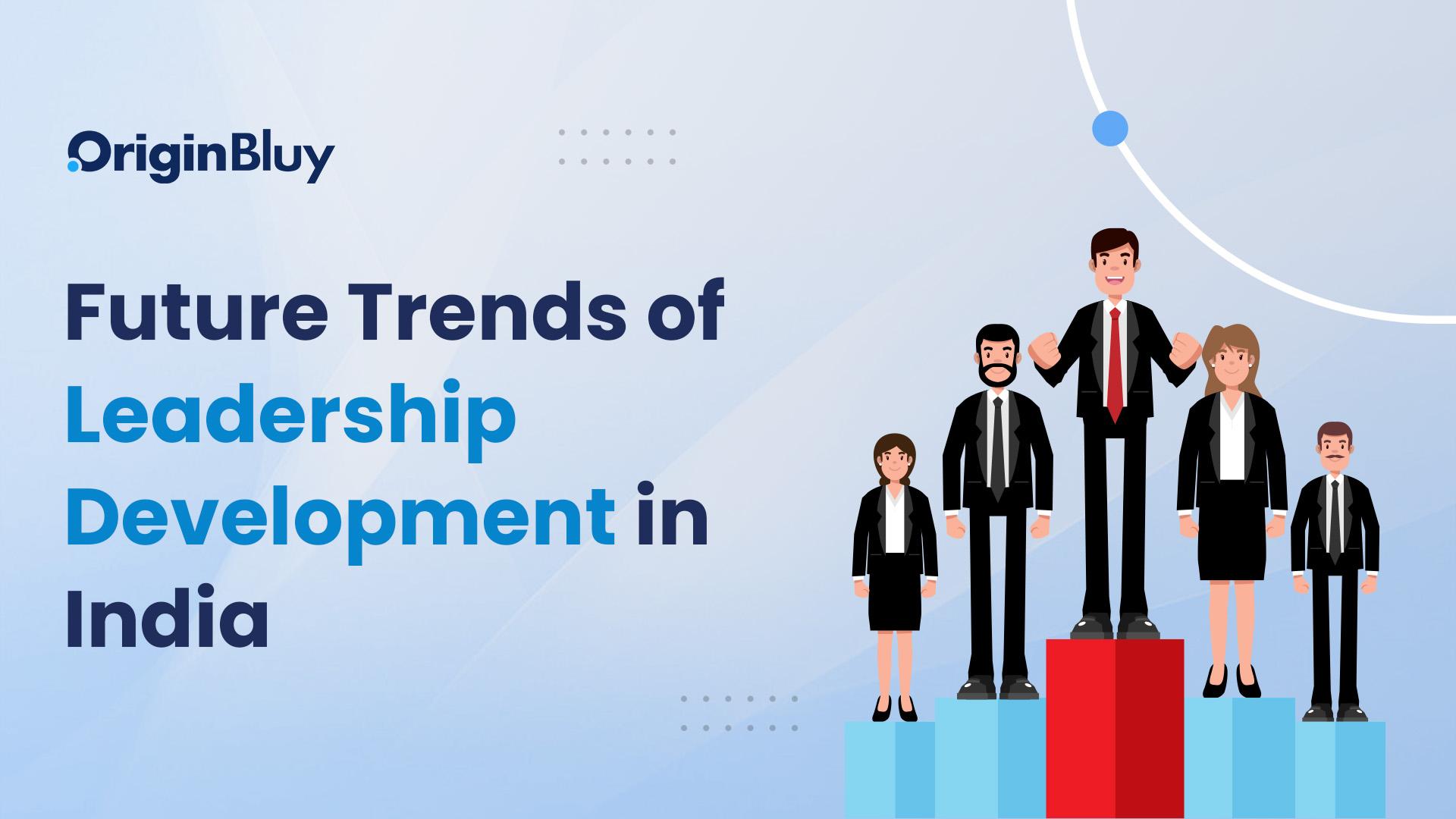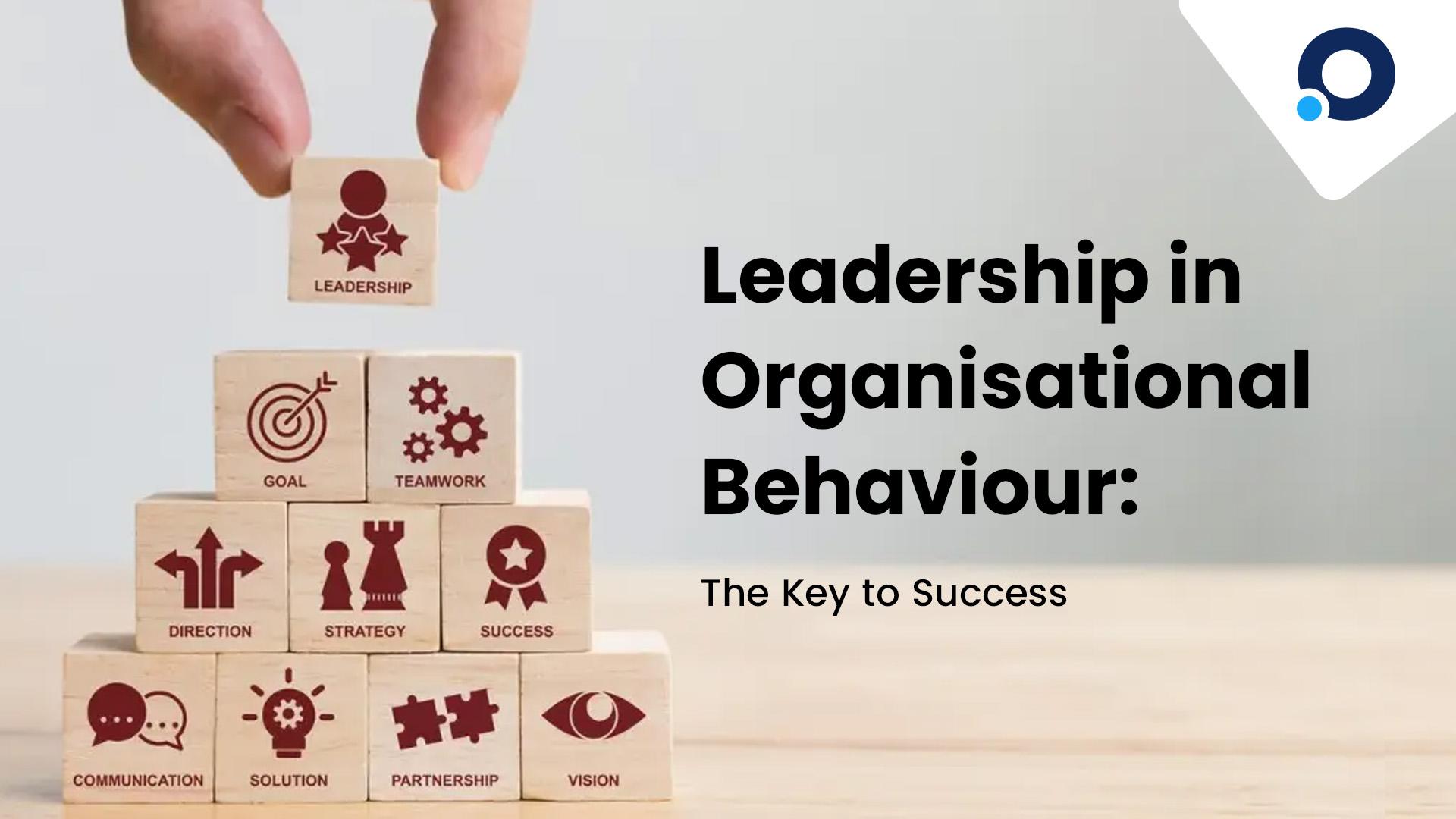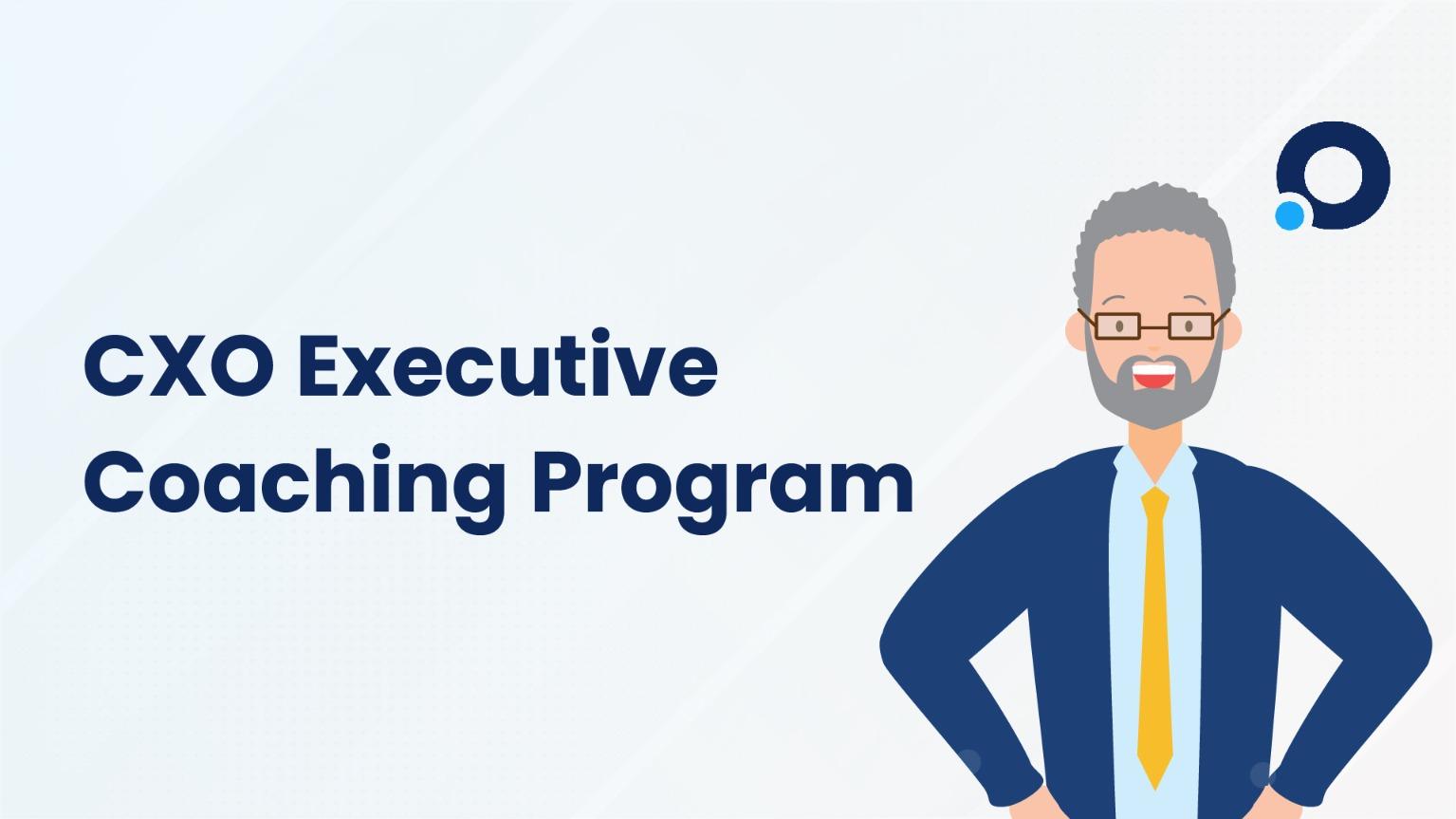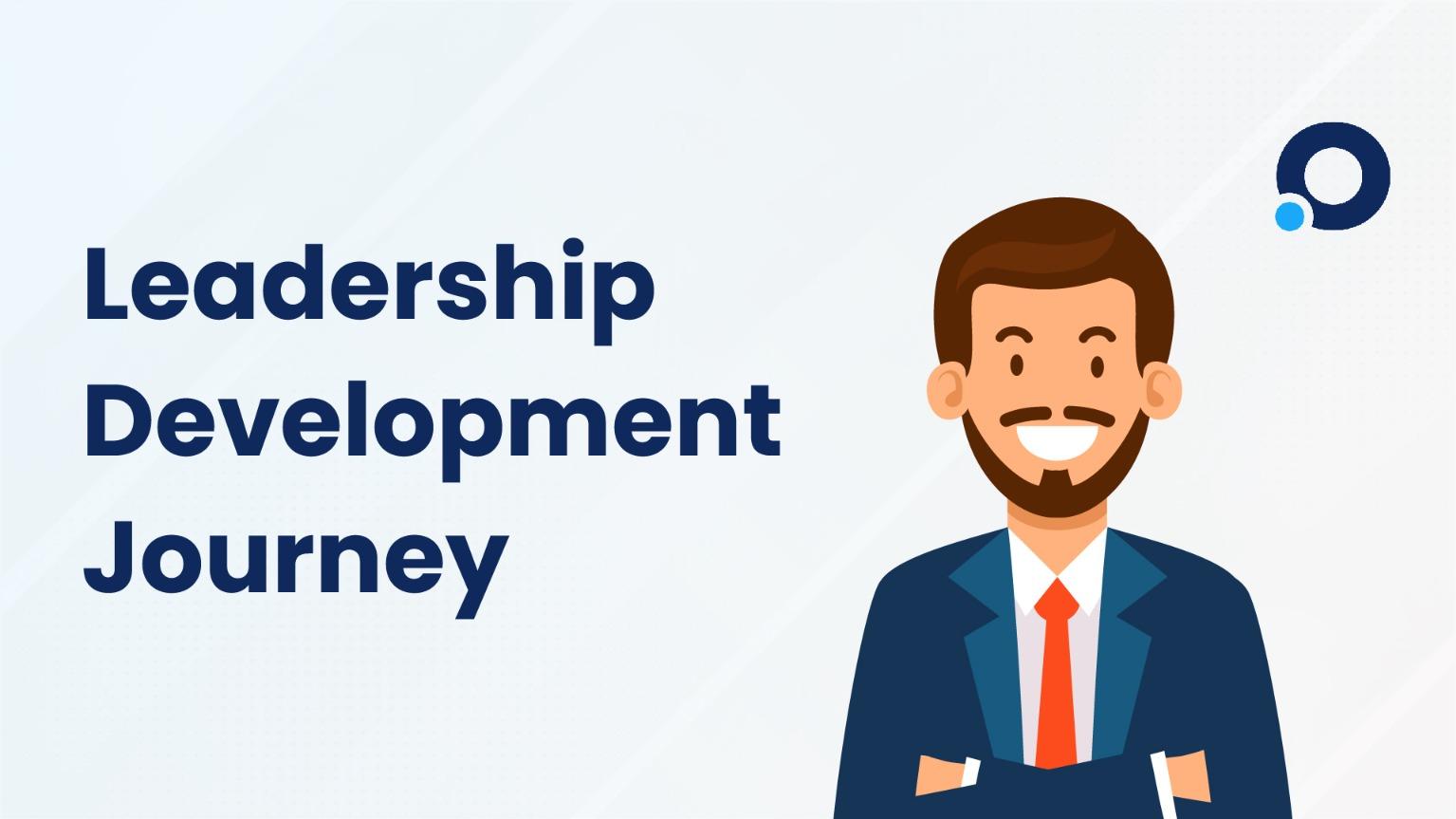According to a recent study, around 80% of companies report a leadership development gap. However, only 5% of organizations have fully implemented themselves with these programs at all levels.
Surprisingly, right?
This statistic gives rise to the urgency of taking the initiative right away to prepare the next generation of leaders. Despite the clear demand for stronger leadership pipelines, a significant portion of companies remain hesitant to act, revealing a troubling oversight in corporate strategy and succession planning.
With competition hitting the roof, individual development is the need of the hour, not only for oneself but also for the organization as a whole.
Today, we have curated a complete guide for you and your organization to understand leadership development and this can help you be a winner in this competitive digital world.
What is Leadership Development
Leadership development refers to the process of enhancing an individual's ability to lead themselves, others, and organizations. This process involves a variety of activities such as training programs, coaching, mentoring, and practical experiences, aimed at developing leadership skills and qualities.
It's about preparing individuals for current and future leadership roles by equipping them with the necessary tools to effectively manage teams, drive organizational success, and navigate the complexities of the modern business environment.
Leadership development programs are designed to uncover and cultivate leadership potential, ensuring a pipeline of capable leaders ready to take on challenges and be prepared for the future.
Key Factors in Leadership Development
Five key factors that contribute to effective leadership development include:
1. Self-awareness
This involves an understanding of one’s own character, feelings, motives, and desires. In leadership, self-awareness is crucial for recognizing how your behaviors and emotions affect those around you. This guides you towards personal development, and improving relationships with others.
2. Learning Agility
This refers to the capability to quickly adapt, learn from experience, and apply new behaviors in changing situations. Leaders with high learning agility are better equipped to respond to challenges, innovate, and steer their teams through unknown territories.
3. Communication Skills
Effective leadership relies heavily on the ability to communicate clearly, persuasively, and assertively. This includes not just verbal communication but also non-verbal cues, written communication, and the ability to listen actively. For a leader, good communication fosters trust, clarity, and engagement within teams.
4. Emotional Intelligence (EI)
EI is the ability to understand and manage your own emotions, as well as recognize and influence the emotions of others. Leaders with high EI can navigate complex interpersonal dynamics, make informed decisions, and maintain positive working environments, even under stress.
5. Strategic Thinking
This factor involves seeing the big picture, planning ahead, and preparing for future challenges and opportunities. Strategic thinking enables leaders to align team efforts with broader organizational goals, anticipate changes in the market or industry, and innovate processes and products to maintain a competitive edge.
Leadership Development as a Competitive Advantage
Leadership development emerges not just as a strategy but as a core differentiator in today’s corporate world. As organizations navigate through the complexities of globalization, technological advancements, and changing workforce dynamics, the role of effective leadership has never been more critical.
Let’s dive into its benefits:
Attracts and Retains Talent
A commitment to leadership development signals to current and potential employees that an organization values growth and career progression. This not only helps attract high-caliber talent looking for workplaces that invest in their development but also significantly reduces turnover rates.
Employees are more likely to stay with a company that provides clear pathways for leadership and personal growth, thereby saving costs related to recruiting and training new hires.
Improves Decision-Making
Leadership development programs sharpen problem-solving and critical thinking skills, enabling leaders to make more informed and strategic decisions. Enhanced decision-making capabilities mean that leaders can better assess risks, weigh alternatives, and choose paths that align with long-term organizational goals.
This results in more resilient and robust strategic planning that can adapt to and anticipate market shifts.
Fosters Innovation
Innovation is the lifeblood of competitive advantage. Leadership development encourages a culture where questioning the status quo, taking calculated risks, and creative thinking are valued and rewarded.
Leaders who are equipped to inspire and manage innovation drive their teams to produce groundbreaking ideas and solutions, keeping the company at the forefront of industry advancements.
Enhances Organizational Agility
An organization's ability to swiftly respond to changes in the external environment is crucial for sustaining its competitive edge. Leadership development prepares leaders to be agile and flexible, with the foresight to pivot operations and strategy in response to market dynamics.
Agile leaders ensure that the organization can quickly capitalize on opportunities and mitigate potential threats.
Builds a Strong Leadership Pipeline
A robust leadership pipeline equipped to tackle future challenges is essential for long-term success. Leadership development ensures that there is a reservoir of capable leaders ready to step up as the need arises, guaranteeing continuity and stability.
This readiness supports organizational resilience, enabling companies to navigate leadership transitions smoothly without disrupting operations or strategic momentum.
Increases Employee Engagement
Engaged employees are more productive, more profitable, and more loyal. Leadership development fosters an environment where leaders are equipped to engage, motivate, and develop their teams.
This positive influence boosts morale, reduces absenteeism, and enhances team cohesion, driving up overall performance and productivity.
Improves Financial Performance

Organizations that prioritize leadership development often see a direct impact on their bottom line. Effective leadership leads to higher operational efficiencies, increased productivity, improved customer satisfaction, and innovation, contributing to superior financial performance.
The correlation between strong leadership and financial success underscores the value of investing in leadership development programs.
These benefits help an organization build a robust pipeline of leaders, increase employee engagement, and ultimately lead to superior financial performance. Investing in leadership development is not just about improving individual leaders; it's about securing the future success and sustainability of the organization.
Addressing the Skills Gap with Leadership Development
Addressing the skills gap through leadership development has become a critical strategic priority for organizations worldwide. This approach not only future-proofs businesses but also ensures a resilient and adaptive leadership team.
Enhancing Digital Literacy
In an era where technology dictates market dynamics, leadership development programs focus on enhancing digital literacy. Leaders are equipped with the knowledge and skills to leverage digital tools, understand data analytics, and make informed decisions based on real-time data, ensuring they can lead in a digital-first world.
Cultivating Soft Skills
Emotional intelligence, adaptability, and collaborative skills have become as important as technical know-how. Leadership development emphasizes the cultivation of these soft skills, enabling leaders to manage teams more effectively, foster a positive work culture, and navigate the complexities of global business environments with sensitivity and insight.
Promoting Strategic Thinking and Innovation
As markets become more competitive, the ability to think strategically and drive innovation becomes crucial. Leadership development programs encourage leaders to adopt a forward-thinking mindset, anticipate future trends, and create innovative solutions that meet evolving customer needs and overcome industry challenges.
Encouraging Continuous Learning
To address the skills gap, leadership development must instill a culture of continuous learning and improvement. Leaders learn to stay abreast of the latest industry developments, pursue professional development opportunities, and encourage their teams to do the same, thereby fostering an environment where growth and learning are valued and rewarded.
Building Resilience and Managing Change
Today's business landscape is characterized by constant change. Leadership development programs prepare leaders to manage change effectively, build resilience in themselves and their teams, and lead through uncertainty with confidence. This involves training in change management strategies, stress management, and the ability to maintain high performance under pressure.
Through a strategic focus on leadership development, organizations can bridge the skills gap, ensuring their leadership teams are equipped to navigate the challenges of today and tomorrow. By fostering a culture of continuous learning and adaptability, companies can sustain growth, innovation, and competitiveness in an ever-changing business landscape.
The ROI of Leadership Development
Investing in leadership development is more than a moral imperative; it's a strategic one. The return on investment (ROI) from nurturing leadership talent reverberates across the entire organization, driving measurable outcomes and long-term success.
Enhanced Performance
Leadership development equips leaders with the skills to effectively manage their teams, leading to improved operational efficiency and productivity. This improvement in performance is not just at the individual level but extends across teams and departments, contributing to the overall success and profitability of the organization.
Increased Employee Engagement
Leaders who are empathetic, communicative, and supportive tend to foster higher levels of engagement among their team members. This engagement translates into employees who are more committed, work with greater enthusiasm, and are willing to go the extra mile, positively impacting organizational outcomes.
Better Decision-Making
Enhanced leadership skills lead to better decision-making capabilities. Leaders learn to analyze complex situations more effectively, consider various perspectives, and make strategic decisions that align with long-term organizational goals. This strategic decision-making ability can lead to innovations and strategies that provide a competitive edge in the marketplace.
Retention of Top Talent
Leadership development programs often includes mentoring, coaching, and career advancement opportunities that are highly valued by employees. These programs can significantly increase job satisfaction and loyalty, reducing turnover rates. Lower turnover not only saves costs associated with hiring and training but also preserves organizational knowledge and expertise.
Cultural Advantages

A strong leadership development program can help instill and reinforce the desired organizational culture. Leaders set the tone for their teams, and by aligning development programs with company values and goals, organizations can ensure that their culture permeates every level of the organization. A strong, positive culture can attract top talent, enhance employee satisfaction, and improve performance.
The ROI of leadership development is clear and multifaceted, affecting everything from performance and engagement to retention and culture. By investing in leadership growth, organizations not only enhance their competitive edge but also secure a prosperous future.
The Future of Leadership in the Digital Age
The Future of Leadership in the Digital Age focuses on adapting leadership styles and strategies to thrive in a technologically driven world.
Key points include:
Embracing Technological Fluency
Future leaders must not only be comfortable using digital tools and platforms but also stay abreast of technological trends. This fluency enables them to identify and leverage new technologies that can improve efficiency, enhance customer experiences, and drive innovation.
Cultivating Digital Mindsets
A digital mindset is not just about understanding technology but also about embracing the principles of agility, flexibility, and a willingness to experiment. Leaders must foster environments where innovation is encouraged, and failure is seen as a step toward learning and growth.
Leveraging Data for Decision-Making
In the digital age, data is a crucial asset. Effective leaders must know how to gather, interpret, and use data to make informed decisions. This requires a blend of analytical skills and strategic thinking to translate insights into actionable strategies.
Promoting Remote Collaboration
As remote work becomes more prevalent, leaders must find ways to keep teams connected, motivated, and productive. This involves not just using collaboration tools effectively but also building a culture of trust and accountability in a virtual environment.
Ensuring Cybersecurity and Ethical Use of Technology
Digital leaders must prioritize cybersecurity and the ethical implications of technology use. This includes protecting sensitive data, respecting privacy, and ensuring that technology is used to enhance, not detract from, human dignity and values.
Driving Digital Transformation
The digital transformation journey requires leaders who can envision how digital technologies can transform business models, processes, and customer interactions. They need to lead by example, championing the integration of digital solutions while managing the organizational change that accompanies transformation efforts.
Building Resilience and Adaptability
The digital age is marked by rapid change and unpredictability. Leaders must cultivate resilience in themselves and their teams, preparing to pivot strategies in response to new challenges and opportunities. This adaptability is key to thriving in a landscape where disruption is the norm.
Each of these points highlights a critical area where leadership practices must evolve to meet the demands of the digital age, ensuring organizations can navigate the complexities of today's fast-paced, technology-driven world.
Embracing Tomorrow: The Power of Leadership Development
Throughout our journey in this blog, we've unwrapped the multifaceted sphere of leadership development, revealing its unparalleled importance in today's dynamic business landscape. From its critical role in attracting and nurturing talent, bridging the ever-present skills gap, to steering organizations through the challenges of the digital age, leadership development stands as the cornerstone of sustainable competitive advantage and organizational resilience.
As the future unfolds, the demand for visionary leaders only escalates. Our leadership development programs are meticulously designed to empower you with the insights, skills, and confidence needed to navigate this complexity. Embrace the opportunity to transform yourself and your organization. Let's shape the future together—discover our programs and start your transformative journey today.
Key Takeaways From the Blog
- Attracts and retains top talent
- Boosts decision-making and innovation
- Addresses the digital era's skills gap
- Delivers tangible ROI; improves performance
- Evolves leadership for the digital age












